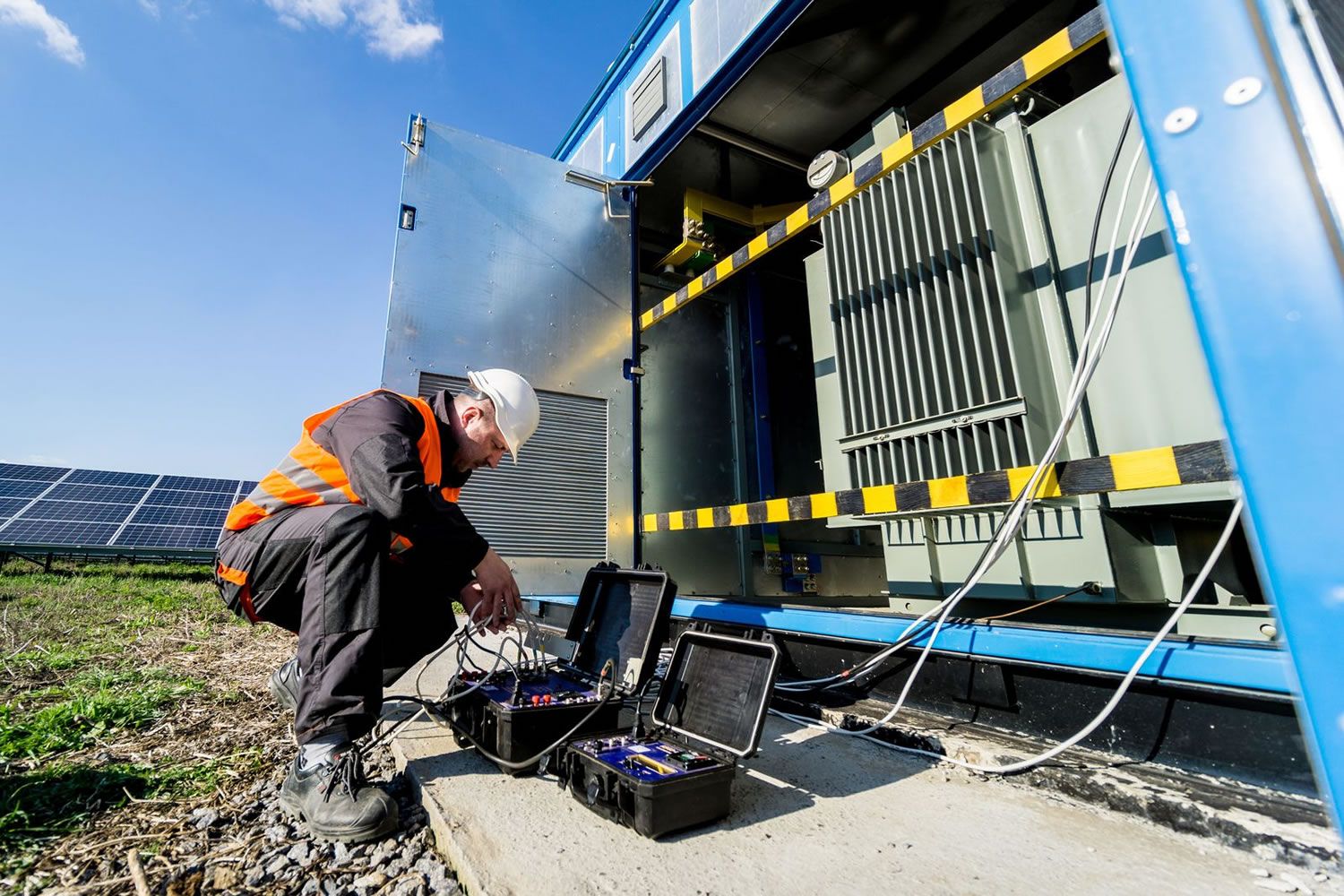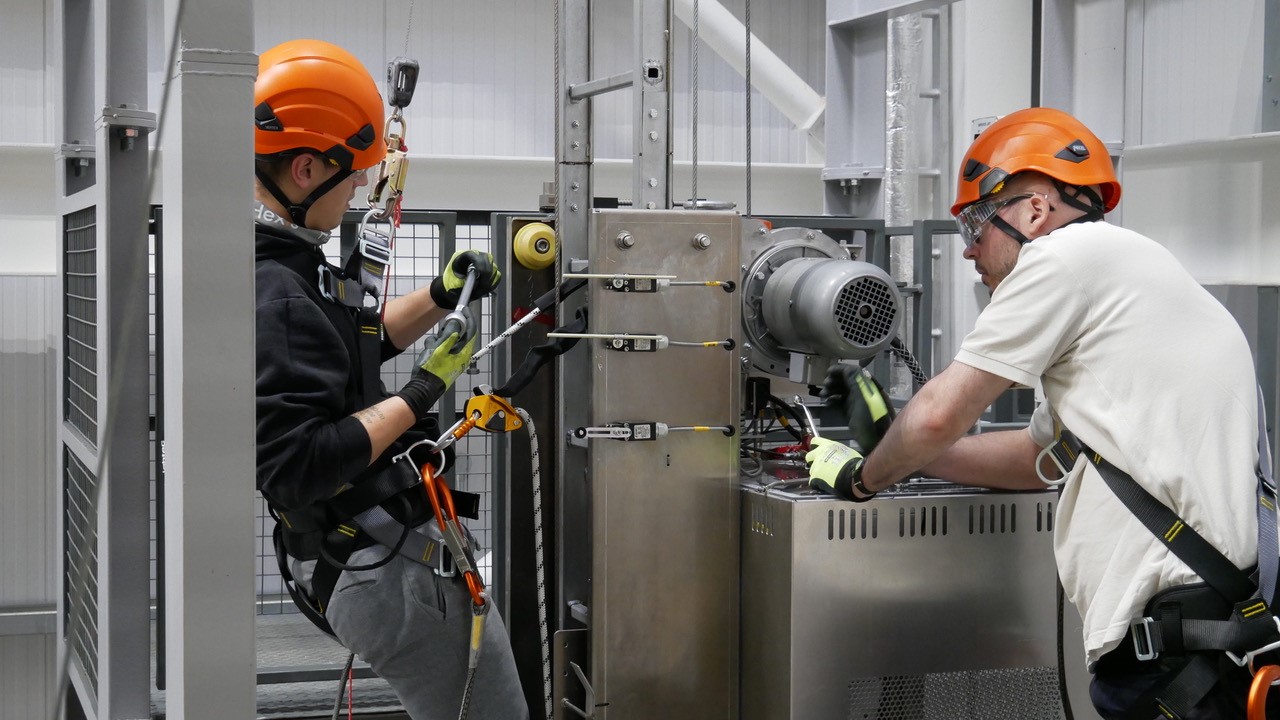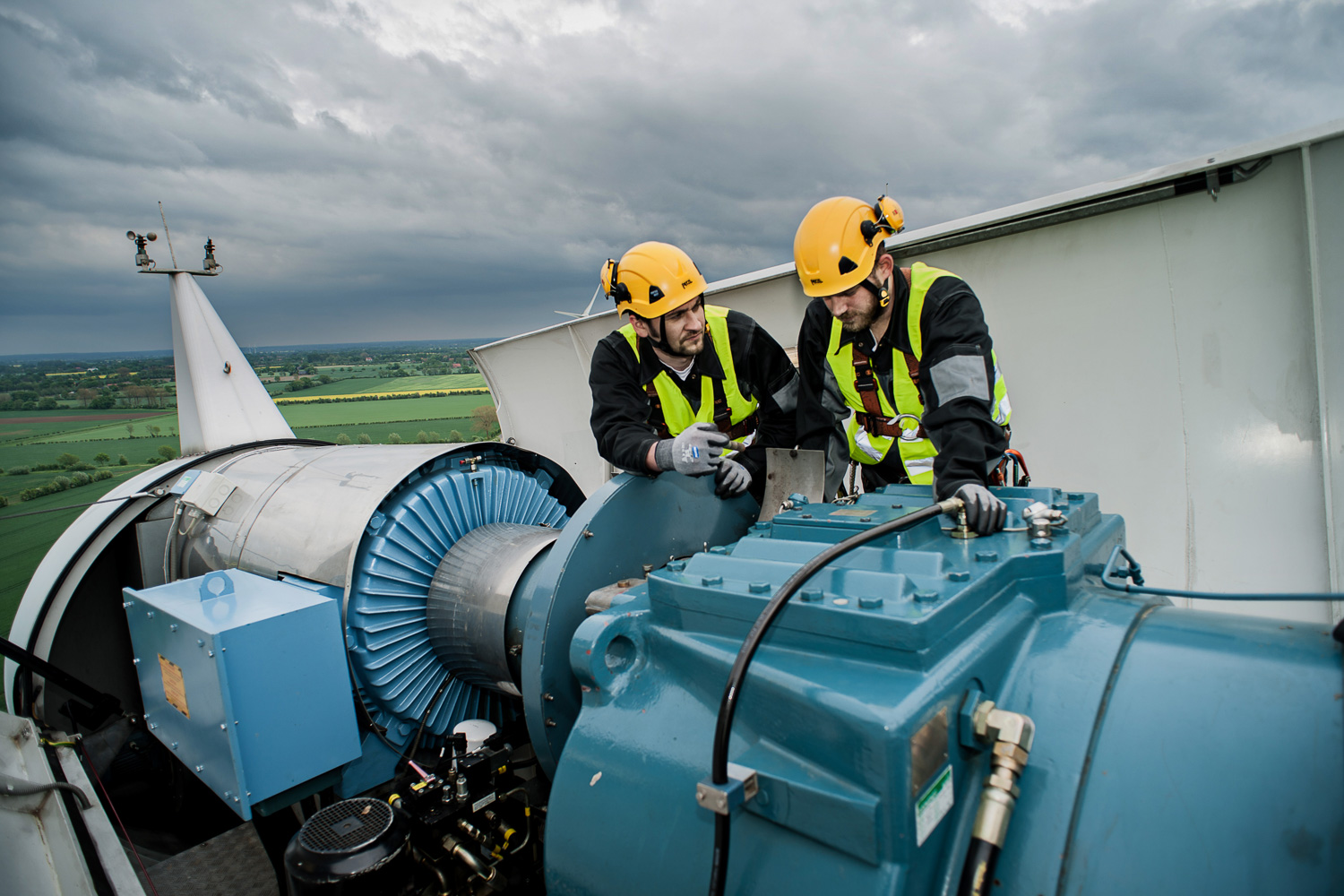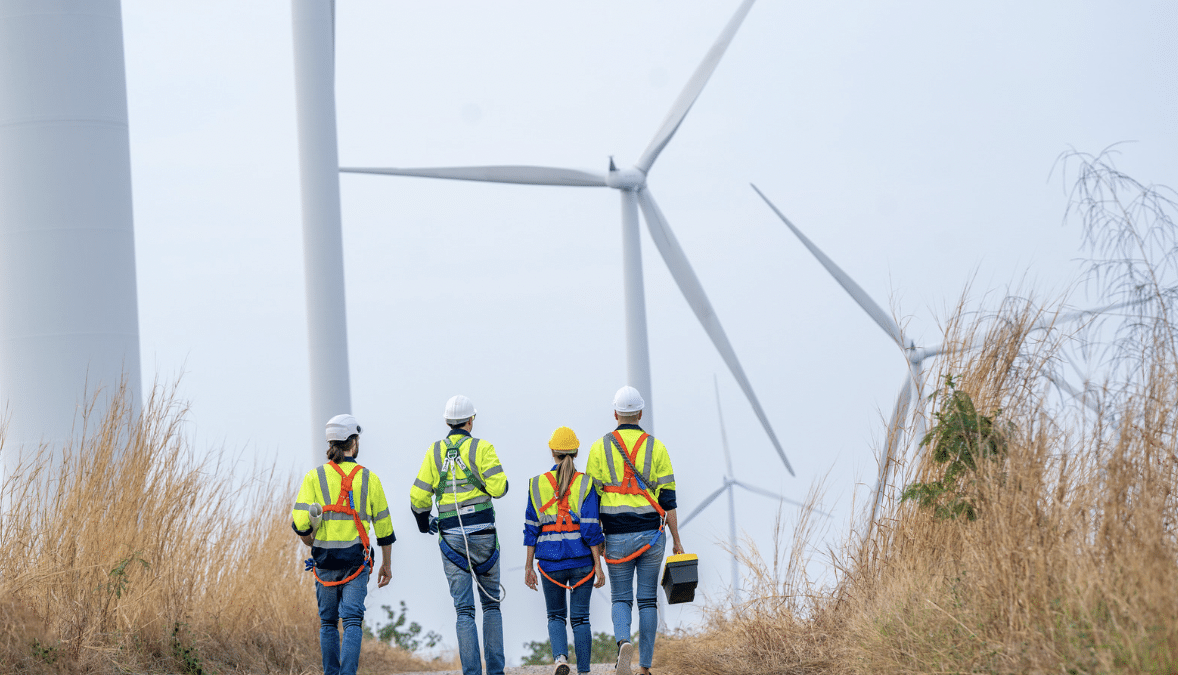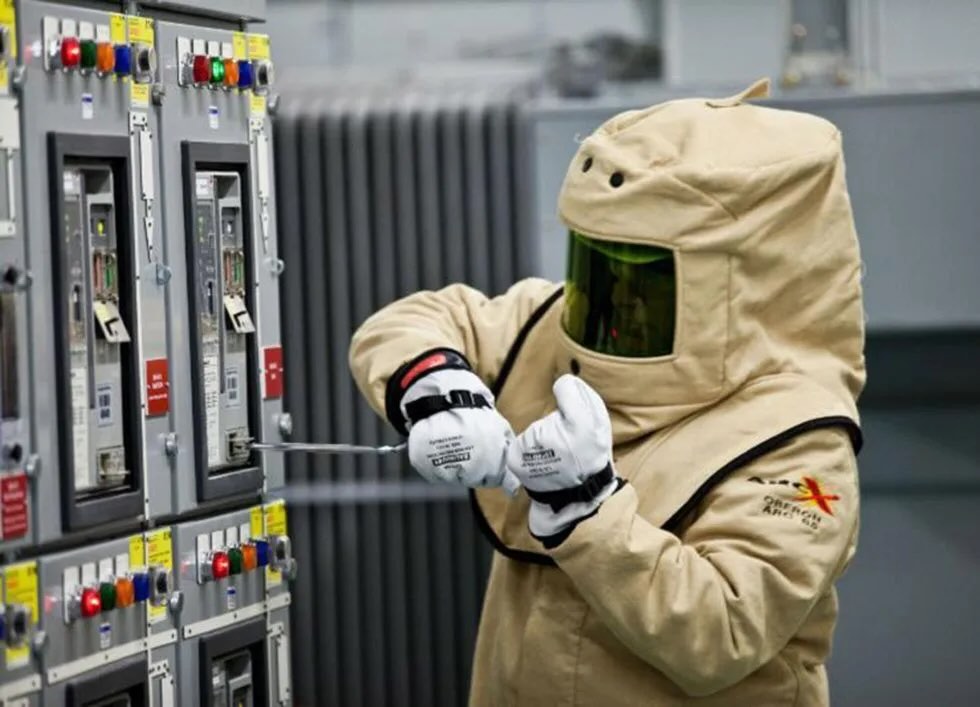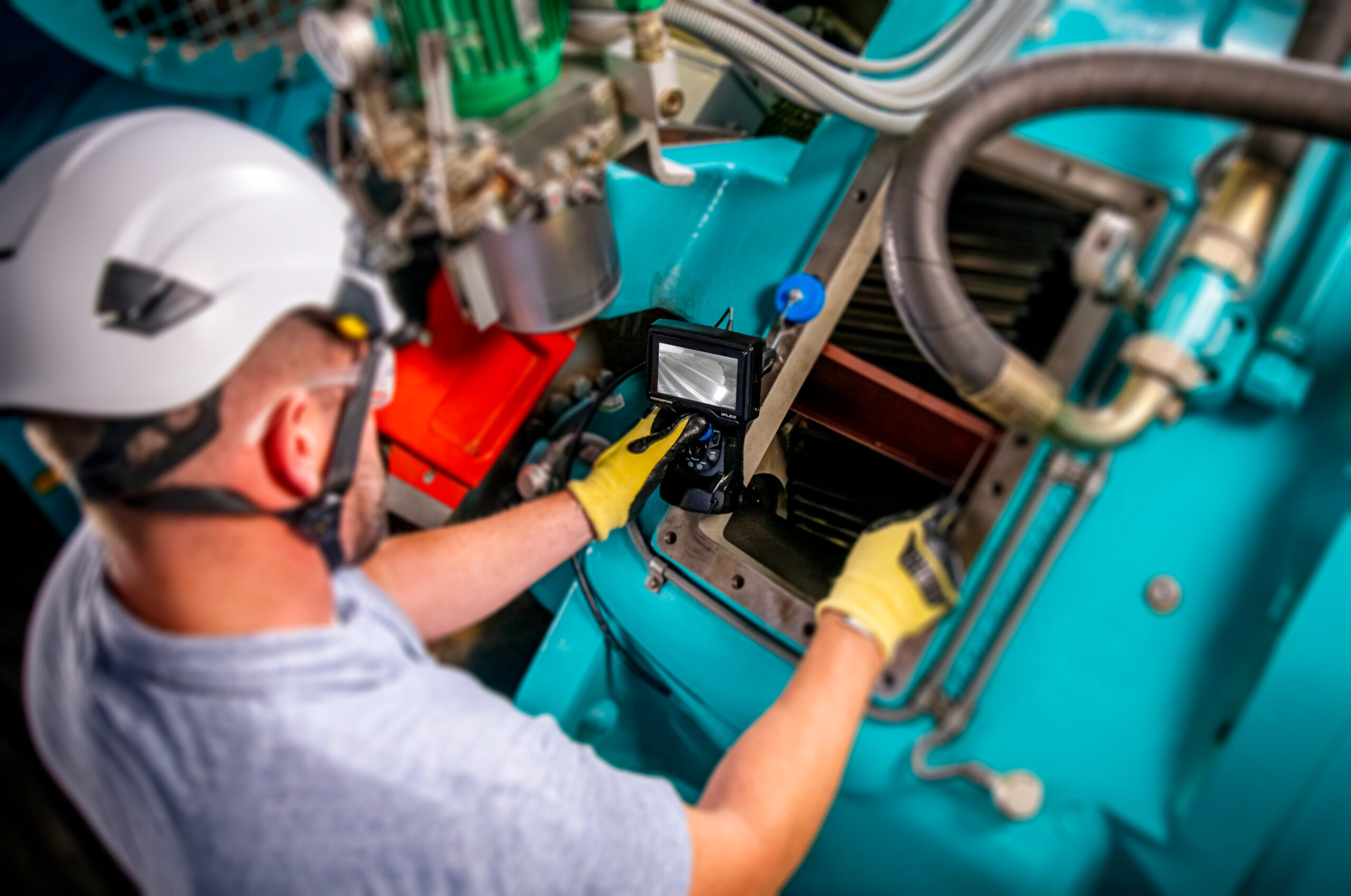STL USA at the Cleanpower OMS Conference: Shaping the Future Workforce for the Energy Sector
The Cleanpower Operations, Maintenance, and Safety (OMS) Conference is a premier event dedicated to advancing operations, maintenance, and safety practices within the clean energy industry. Hosted annually by the American Clean Power Association (ACP), the conference brings together professionals, innovators, and leaders from across the renewable energy sector to share knowledge, explore cutting-edge solutions, and address the evolving challenges of building and maintaining the energy infrastructure of the future.
At the core of the OMS Conference is a commitment to safety, operational excellence, and workforce development—all vital components of the clean energy sector’s continued growth. With a strong focus on wind, solar, and energy storage, the event provides a platform for discussions on optimizing performance, minimizing risks, and preparing a workforce capable of meeting the sector’s increasing demands.
STL USA: Leading the Way in Workforce Solutions
STL USA is proud to exhibit at the Cleanpower OMS Conference, showcasing our unique approach to workforce development in the energy sector. We are at the forefront of designing end-to-end solutions for hiring, training, certification, and upskilling field technicians. By working in close partnership with our clients, we deliver bespoke training programs tailored to the specific needs of their operations, ensuring that every technician we train is prepared to meet the challenges of the modern energy landscape.
Our stand at the conference will offer attendees the opportunity to learn about:
- Bespoke Training Pathways: How STL USA works with businesses to create customized training programs that align with their operational goals.
- Comprehensive Certification Solutions: STL USA offers a wide range of Global Wind Organization (GWO) training courses, from the mandated requisite certifications, through to refreshers, first aid, electrical safety and we are also one of the few IQTX training providers in North America . We provide the skills technicians need to launch their career, develop and progress and excel in their roles.
- Upskilling and Competency Building: Our specialized training programs help technicians progress beyond basic certifications, ensuring they are future-ready and equipped to deliver exceptional results.
- Partnership-Driven Workforce Development: How we support our clients by sourcing new talent, providing entry-level training & apprenticeships, and developing their workforce to address the unique demands of the clean energy industry.
Meet Us at the OMS Conference
We invite attendees to visit our stand to discover how STL USA can help them build and maintain a highly skilled workforce. To ensure you have the time to discuss your specific needs, we encourage you to schedule a meeting with us in advance. Whether you’re looking to optimize your current workforce or plan for future growth, our team will be available to discuss solutions tailored to your business.
RESQ: Elevating Safety with World-Leading Equipment
Safety is a cornerstone of the clean energy sector, and we’re thrilled to announce that RESQ will join us at our stand, presenting their world-leading safety equipment. RESQ’s innovative solutions are designed to meet the rigorous demands of the industry, and their presence at the OMS Conference underscores the importance of cutting-edge safety technologies.
Among the equipment showcased by RESQ is the Solo X Personal Rescue Device, a game-changer in personal safety. This compact and lightweight device is specifically designed for self-rescue in emergency scenarios, providing technicians with the confidence and tools they need to safely navigate challenging environments. The Solo X exemplifies the kind of innovation that aligns perfectly with STL USA’s ethos of empowering the workforce through advanced training and world-class safety standards.
Why the OMS Conference Matters
The Cleanpower OMS Conference is more than just a gathering of industry professionals—it’s a catalyst for progress. By fostering dialogue and collaboration, it equips attendees with the knowledge and tools they need to enhance safety, efficiency, and performance in their operations. STL USA’s presence at this event reflects our commitment to leading this progress by helping companies build resilient, skilled, and safety-conscious workforces.
Let’s Shape the Future Together
The clean energy sector is growing at an unprecedented pace, and its success hinges on the quality of the workforce that supports it. By partnering with STL USA, you can ensure your technicians are equipped with the skills and knowledge they need to thrive in this rapidly evolving industry.
We look forward to meeting you at the Cleanpower OMS Conference. To learn more about our services and discuss how we can support your business, contact us by clicking the button below to schedule a meeting or appointment at the event. Together, we can build the future-ready workforce that will power the clean energy transition.
Attending this year’s OMS?
Click the button to book a face to face meeting to discuss how STL USA can help you exceed your goals in 2025 and beyond.



